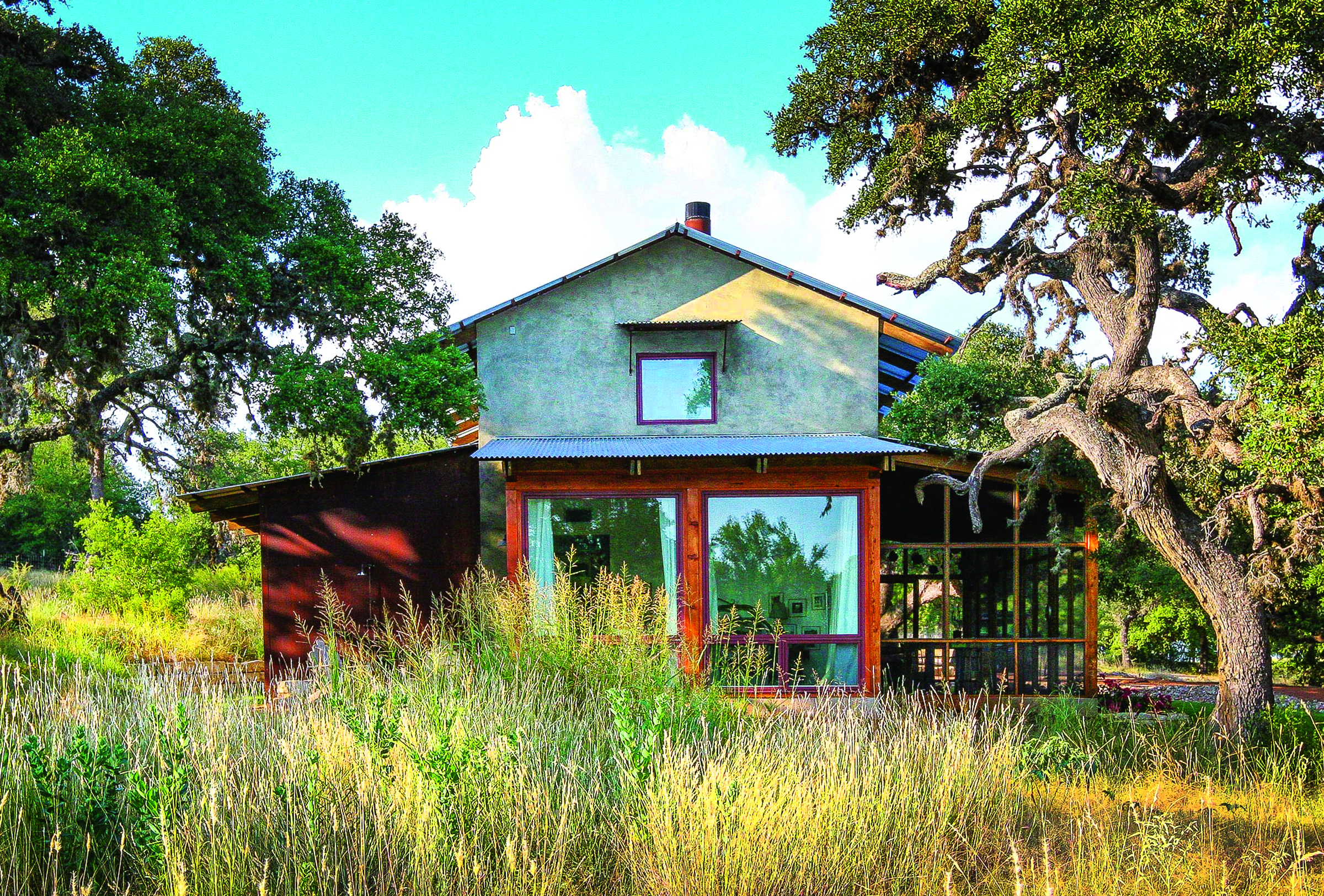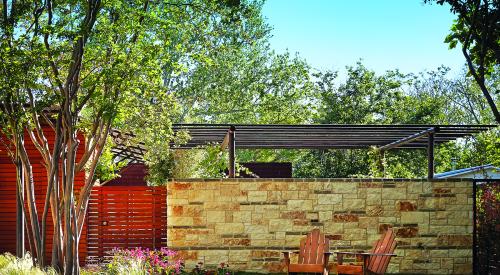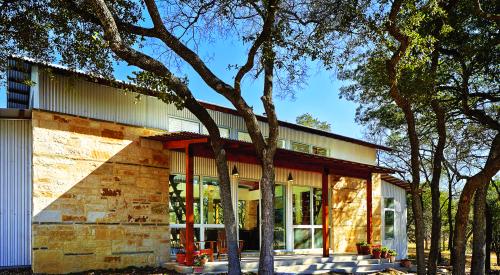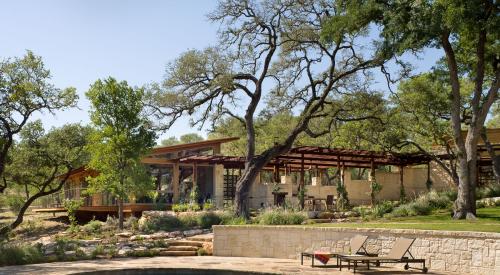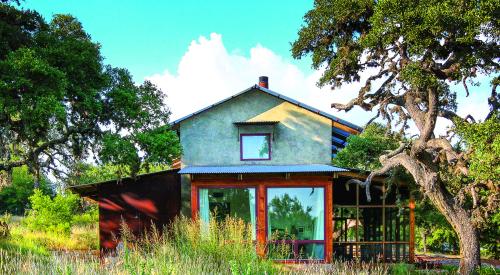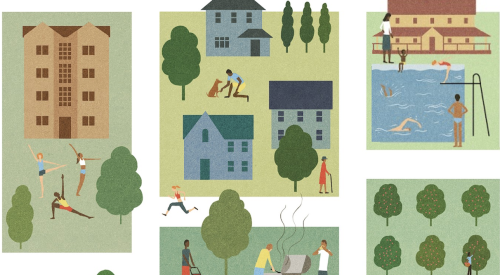Rio Estancia, the 2015 Professional Builder Design Awards Project of the Year, is a deft merging of structure and site. The custom-built home by architect Craig McMahon and builder Studio Industrielle is luxurious yet down-to-earth, open yet private. A four-zone layout offers ample space for extended family to visit and relax, and its materials forge a heartfelt connection to the Texas Hill Country landscape.
But McMahon’s work isn’t all lavish compounds on vast spreads. As you’ll see in the other stories from this month's issue, he won three awards in the Production category: for Countryside Bend, a 2,400-square-foot family home; for Peach Street, an 1,800-square-foot infill project; and for Burning Creek Retreat, a 1,500-square-foot house with construction costs that penciled out at a little more than $100 per square foot. Countryside Bend and Peach Street were built by Half Inch of Water Studios, aka McMahon’s brother, Cavan.
The McMahon brothers have an edge, and it’s that Cavan has lived in two of the homes at various times. Here may lie a secret to success: the as-if-it-were-me factor. “It’s not that we’re any better than other design or construction firms,” McMahon says. “But we take a higher personal risk in the development and with creative finishes, which is really hard for most contractors and developers.”
McMahon, an architect who thinks like a builder, is quick to point out that homes are driven by cost per square foot. “Why spend more than market rate on design and finishes?” he asks. Yet appealing layout and special finishes in a cost-effective package are exactly what make his offerings stand out and cause them to sell quickly, at above-market prices. McMahon wonders if other builders might engage architects who have design-build experience, “not just to set themselves apart in their own markets, but to be inventive with less-expensive materials to deliver a great result—and enjoy the process, rather than simply meeting market expectations of look, feel, or quality.” He adds, “My subs actually tell me that they have fun on the job.”
Competition entries this year paralleled market trends: strong on multifamily and high-end, outnumbering entry-level and move-up houses. Entry-level is a gap that’s waiting to be filled as shifts in household formation occur in the coming years. Not everyone may be lucky enough to have a brother who’s a creative designer and builder, but McMahon’s strategy begs a question: What if you built every home as if you were planning on living there yourself?
